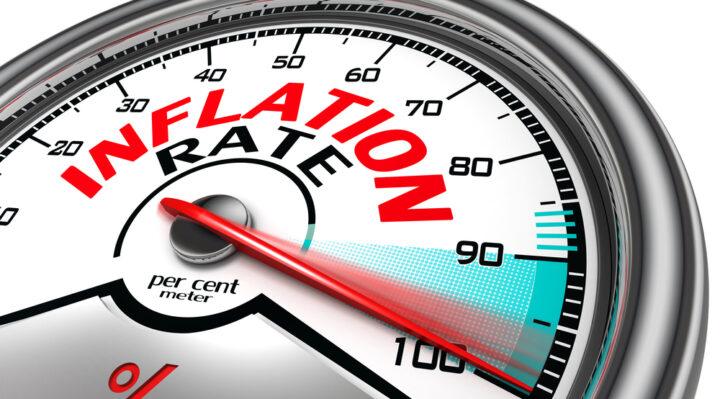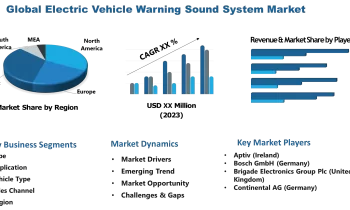
Inflation in Spain grew at its fastest rate in December since 1989, driven by high rises in the costs of food and electricity.
Economic Data released from the National Statistics Institute (INE) at the end of last year showed that Spanish consumer prices in December increased 6.7% from the same time last year.
Following a general decline in food and electricity prices in 2020, rising electricity prices fueled the annual price index to the 32-year high, with food prices also rising significantly in 2021.
The last time Spain saw a surging inflation rate was in 1989 when inflation hit a 6.9% high. This was at a time when the Iberian country was enjoying an economic boom having joined the European Community (now the European Union) three years earlier.
INE data also showed Spain’s EU-harmonised consumer price index rose 6.7% in December on an annual basis, up from 5.5% in November. December’s inflation was far higher than the expected reading of 5.8%.
Inflation Rears Its Head Again
Spain is a country that has, over the years, had problems with inflation. Income convergence, higher wage growth, together with lower productivity growth was seen in the eurozone area all add to inflationary pressures. Also, the non-competitive behaviour and market rigidities in some sectors all combine to persistently push inflation higher in Spain.
The outlook isn’t looking that great for Spain either. Whilst some countries are and will be enjoying a post-pandemic boom, Spain is not faring so well. The Organisation for Economic Co-operation and Development (OECD) has sharply reduced the world’s 14th largest economy’s projected growth from 6.8% to 4.5% in 2021, and down from 6.6% to 5.5% in 2022.



